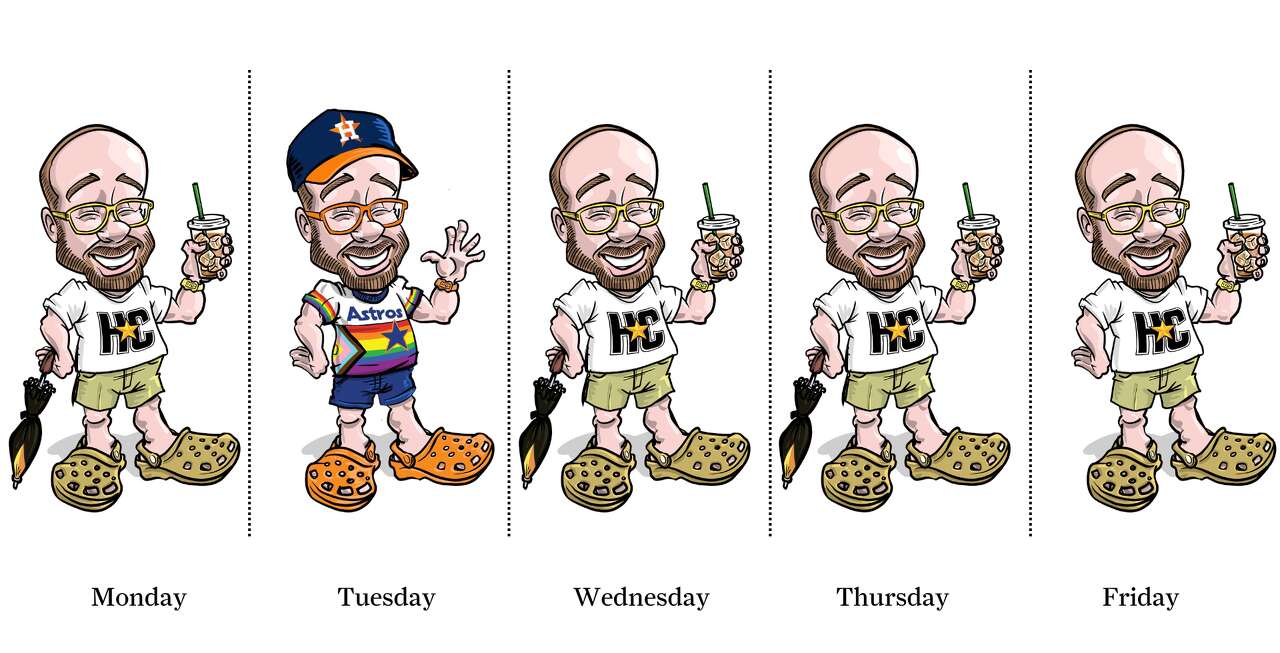How do hurricanes get their names?
Before the 1950s, tropical storms and hurricanes were usually named after they happened. Forecasters learned that wasn't the best way to prepare people for incoming storms and it wasn't until the 1970s that storms in the Northern Pacific and Atlantic Basin started getting names.
Most people don't realize that the names are not random and are named through a strict procedure by an international committee. They are also chosen years in advance and are on a rotating list.
Last week we saw the formation of the 2024 Atlantic hurricane season's first named storm: Tropical Storm Alberto. It kicked off a list of 21 predetermined storm names this year that features Beryl, Chris, Debby, Ernesto, Francine, Gordon, Helene, Isaac, Joyce, Kirk, Leslie, Milton, Nadine, Oscar, Patty, Rafael, Sara, Tony, Valerie and William.
Want to learn how the names are chosen? Check out my story to learn how and what happens if we run out of names.
 | Ryan Nickerson, Weather Reporter |
Justin's Five Day Fit Check

Photo by: Ken Ellis
This will be a textbook week of Houston's summer weather with hot and humid afternoons, highs generally in the mid-90s, and even a few days late in the week in the upper 90s. Heat index values, or what the temperature feels like, will be in excess of 105 degrees for much of this week. Some cooling relief may come from an isolated afternoon or early evening storm, but there shouldn't be any days this week with widespread storms.
So, keep an umbrella handy this week but prepare for a hot one. Also, Tuesday is Pride Night at Minute Maid Park!

Generally, it is the vertical transport of heat and moisture by movement in the atmosphere, especially by updrafts and downdrafts in an unstable atmosphere. Thunderstorms can be a form of convection.
Somewhere to go

Photo by: Kevin Keim / Kevin Keim
Anytime this week would be a good time to go to the Menil Collection. Along with observing world-class art, the sudden blast of cold, dry air will provide much-needed relief from the humid and severe heat expected all week.
Something to see

Photo by: Roberto Villalpando
Houston started this year by recording the city's sixth-wettest January ever. Since then, the city has logged about 36 inches of rainfall so far, which is about a foot above normal for the year to date. The flatness in the chart indicates trace amounts or no rain. Figures are from Bush Intercontinental Airport, the city's official climate observation site.
Source: National Weather Service
 | Ask an editor |
How do you avoid 'crying wolf' in weather coverage?
One of the occupational hazards of weather reporting is when forecasts miss the mark, for good or ill, you can be accused of sensationalism or being overly dramatic. But our daily mission is to tell you what the science tells us.
Strict professional ethics and guidelines forbid exaggeration or obfuscation, and our careful and deliberate meteorologists apply the rigors of the scientific method to their forecasts.
Forecasts, however flawed, are probabilities, not predictions. They are determined by previous weather observations under similar conditions, our current understanding of thermodynamics and physics, and simulating scenarios through computer-based forecast models.
Think of a neighborhood bus stop: You know a bus arrives regularly, but you never know exactly how many people will get off the bus when it arrives. Still, after observing the bus hourly, daily, and yearly, you can go from ballpark guesses to more precise estimates of how many people will get off at particular times on certain days.
That's basically how forecasting works. Forecasting is a science, but because Mother Nature's involved, it's also a bit of an art.
Weather wonk trivia
The Saffir-Simpson Scale classifies hurricane-strength tropical cyclones into five categories based on maximum sustained wind speed. At what speed do sustained winds have to reach before being an official hurricane?
A) 38 mph
B) 74 mph
C) 96 mph
D) 111 mph
Meet the Team

The 713 Weather Radar newsletter is fueled by reporting from meteorologist Justin Ballard and reporter Ryan Nickerson. Texas Weather Science Editor Roberto Villalpando edits this newsletter.
You can reach out to any of them by emailing them directly at firstname.lastname@houstonchronicle.com or by replying to this email.
Unsubscribe | Manage Preferences

Houston Chronicle
4747 Southwest Freeway, Houston, TX 77027
© 2024 Hearst Communications

No comments:
Post a Comment